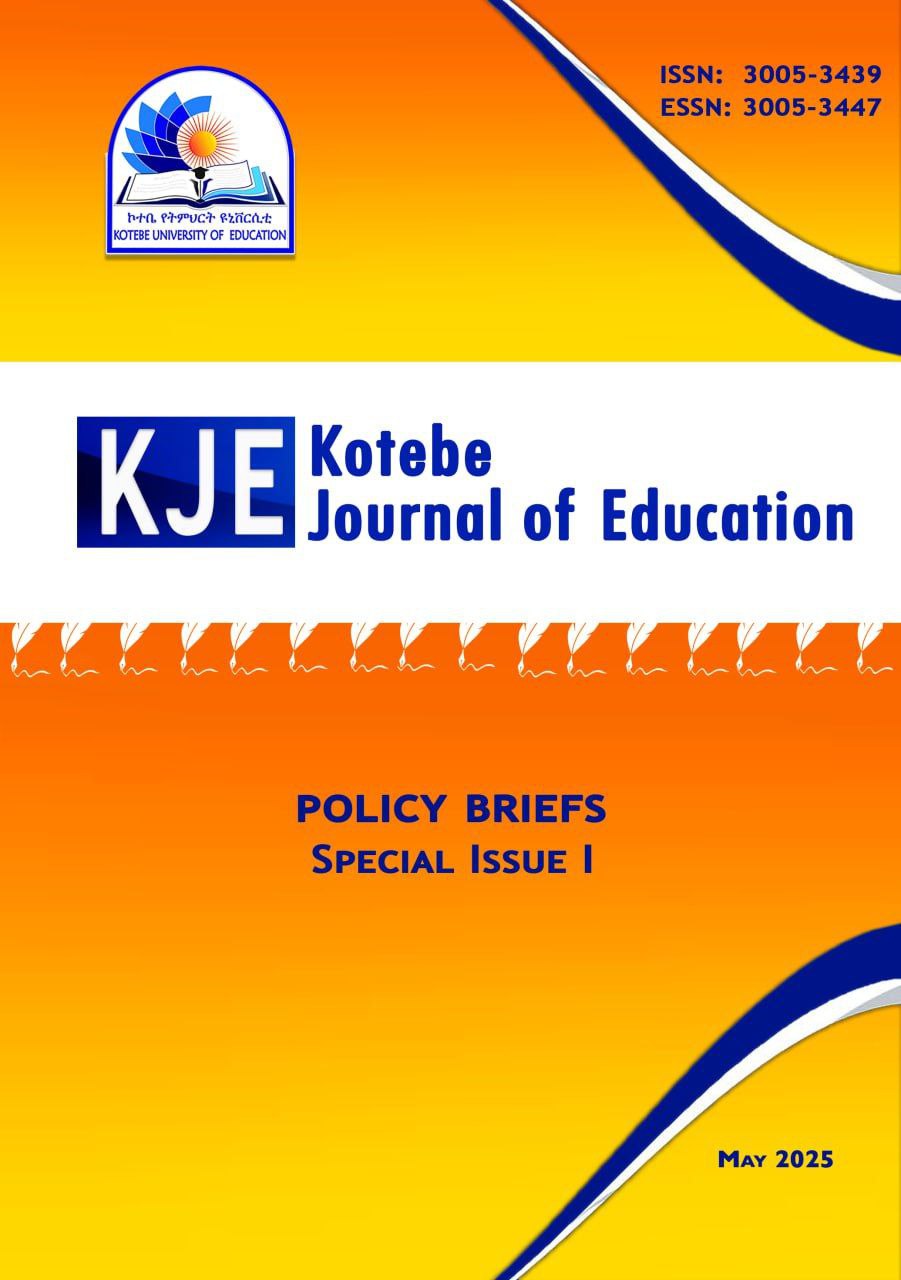Enhancing Demand-Driven Applied Research and Technology/Knowledge Transfer in Ethiopian Universities of Applied Sciences
DOI:
https://doi.org/10.61489/30053447.PB(1).44Abstract
Globally, Universities of Applied Sciences (UASs) are undergoing a critical transformation by shifting toward demand-driven applied research and technology/knowledge transfer. The insights in this policy brief emerge from two pilot projects implemented at Jigjiga and Wolaita Sodo Universities. The pilots revealed significant opportunities for Ethiopian UASs to contribute to national development through demand-driven research, including alignment with government priorities, enhanced research capacity, and more efficient use of resources. Additionally, the projects showed how localized problem-solving and accelerated technology transfer can spur job creation and support evidence-based policymaking. However, the pilot projects also exposed critical challenges that must be addressed to scale these efforts nationwide to all UASs. Institutional barriers, funding limitations, and gaps in researcher expertise hinder the potential of demand-driven research. Furthermore, weak stakeholder engagement, inadequate monitoring systems, and sociocultural resistance to innovation present additional obstacles. To overcome these constraints, this policy brief proposes actionable recommendations such as establishing national implementation guidelines, fostering stronger university-industry partnerships, and developing digital platforms to connect research with market needs. Incentive structures for industry collaboration and flexible, innovation-oriented curricula are also essential to sustain progress. By adopting these measures, Ethiopian UASs can fully embrace their role as drivers of innovation and socioeconomic development. The transition to demand-driven research and effective knowledge transfer will enable universities to produce solutions that matter - transforming research into real-world impact while supporting Ethiopia's sustainable growth agenda. This policy brief provides a benchmark for turning these aspirations into institutional practice across Ethiopia's higher education landscape.


